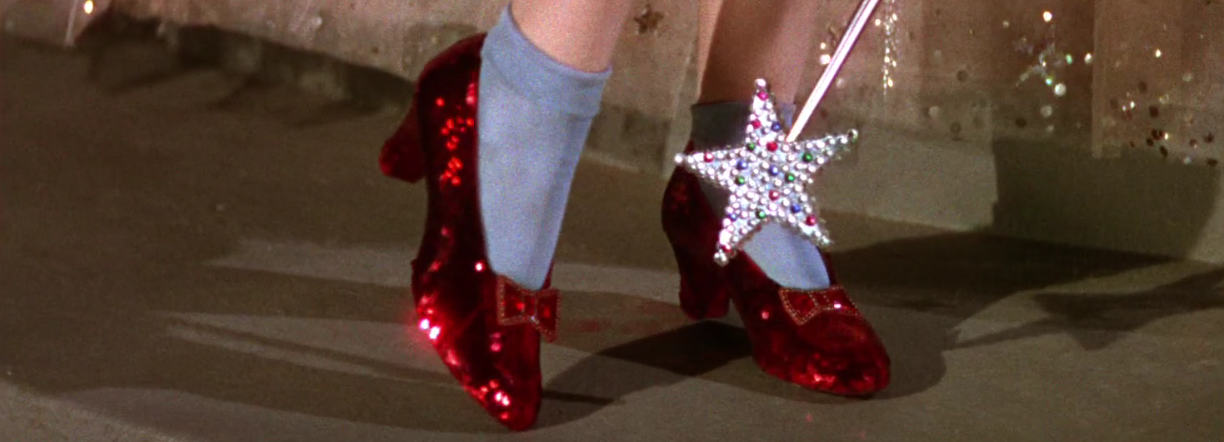In the searing July heat of 1518, Frau Troffea stepped into the streets of Strasbourg and began to dance. Bathed in sweat, she continued to dance. Overcome with exhaustion, she stopped, and then resumed her solitary jig a few hours later. Over the next two months, roughly four hundred people succumbed to the same agonizing compulsion. At its peak, the epidemic claimed the lives of fifteen men, women, and children a day. Possibly 100 people danced to their deaths in one of the most bizarre and terrifying plagues in history.
Eventually, 2 cures were found for the plague: making an offering at a local shrine to St. Vitus, long thought the patron of those afflicted with “St. Vitus’ Dance” (epilepsy), or wearing red shoes. Or donating a pair of red shoes to the shrine. Although many pairs of magical footwear appear in fairy tales (the seven-league boots, the silver slippers in Baum’s original Wonderful Wizard of Oz, the slippers Cinderella wore to the ball, the slippers of bread dough a wealthy Czech woman wore to her damnation), the red shoes have both healed uncontrollable dancing and damned their owner to uncontrollable dancing (as in Anderson’s story of the Red Shoes).
Red was an especially expensive dye to obtain or use; red clothes were the prerogative of the wealthy and the ostentatious. Red (associated with blood, fire, life, and sex) is also used to mark those who misbehave sexually as well as the saints (“washed in the blood of the Lamb”). In Slavic languages, the same word can mean both “red” and “beautiful” so instead of calling it “Red Square” outside the Kremlin, a better translation might be “Beautiful Square.”
TO read Elizabeth King’s fascinating essay about magical shoes in fairy tales, click here.
TO read more about the fascinating Dancing Plague, click here and here.

